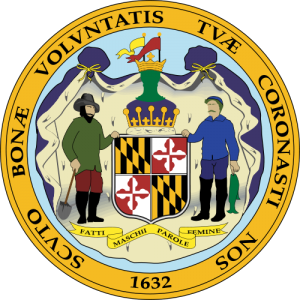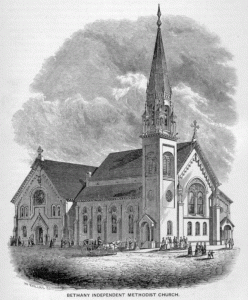 Maryland Population 2013
Maryland Population 2013
The United States Census Bureau estimates that the population of Maryland in 2013 was 5,884,563, which is ranked the 19th largest population in the United States. This estimate shows a 1.9% increase since the last census in 2010, also conducted by the United States Census Bureau. The population density of the state is 596 people per square mile, ranked the 5th largest density in the United States.
Maryland Population Projections
The population of Maryland is expected to reach approximately 5.96 million people by the year 2015, which is an approximate 1.4% increase from the current population. By the year 2020, the population is expected to reach approximately 6.22 million people, which is an approximate 5.8% increase from the current population. By the year 2025, the population is expected to reach approximately 6.43 million people, which is an approximate 9.4% increase from the current population. By the year 2030, the population is expected to reach approximately 6.61 million people, which is an approximate 12.4% increase from the current population. By the year 2035, the population is expected to reach approximately 6.75 million people, which is an approximate 14.8% increase from the current population. By the year 2040, the population is expected to reach approximately 6.86 million people, which is an approximate 16.7% increase from the current population.
Maryland Land Mass
The state of Maryland is approximately 250 miles long and 90 miles wide with a square area of 12,407 square miles, making it the 42nd largest state in the country. Of the 12,407 square miles, 2,633 square miles are covered by water. The highest point in the state of Maryland is Hoye-Crest, which is located on Backbone Mountain, reaching 3,360 feet above sea level. The lowest point in the state is at the Atlantic Ocean, which reaches sea level. The geographic center of Maryland is located in Prince Georges County, 4.5 miles northwest of Davidsonville. Maryland is bordered by four states: West Virginia, Virginia, Delaware, and Pennsylvania. The Atlantic Ocean borders the state on the east, and the Chesapeake Bay borders the state on the south.
Maryland is broken up into five distinct geographic land areas: Atlantic Coastal Plain, Piedmont, Blue Ridge Region, Appalachian Ridge and Valley, and the Appalachian Plateau. The Atlantic Costal Plain is on the eastern shorn and extends from the northeastern corner down south and west. This area is made up of plains, marshy areas, and soil ideal for farming, especially tobacco. The Piedmont is to the west of the Atlantic Coastal Plain and it cuts from the northeast to the central part of the state. It is made up of fertile valleys and low rolling plains. The Blue Ridge Region is to the west of the Piedmont and is a narrow mountainous area. The Appalachian Ridge and Valley is to the west of the Blue Ridge Region and is mainly made up of the Great Valley, which is an area full of orchards and farmland. Lastly, the Appalachian Plateau is the furthest east portion of the state, made up mainly by the Allegheny Mountains, which contains the highest point in the state. This area is heavily forested and full of low valleys.
Maryland Demographics
Of the approximate 5.88 million people in the state of Maryland, about 51.6% of the population is female, while 48.4% is male. Also, approximately 61% of the population identifies as white (including Hispanic or Latino). But, out of that 61%, about 8% do identify as Hispanic or Latino and the other 53% as Caucasian. Those that identify as Black or African American make up only 30% of the entire population of the state of Maryland. The rest of the population is made up of those that identify as Asian, American Indian, Alaskan Native, Hawaiian, other Pacific Islanders, or those that identify as two or more races. These other races make up about 9% of the Maryland population.
Visit Maryland Scenic Byways
 Maryland Religion
Maryland Religion
The population of Maryland identifies as religious at a slightly lower rate than the national average. About 42% of the state population identifies as religious, compared to the national average of 49%. Out of the 42%, about 15% identify as members of the Catholic Church, making it the largest denomination in the state of Maryland. All the other Christian denominations make up about 24.9% of the population. Those who identify as Jewish, Islamic, or Eastern religions only make up 2.1% of the population. Maryland has a Jewish population twice that of the national average (1.4% compared to 0.7%).
Other Resources
Check out this link to learn more about the population statistics in Maryland in 2013.


